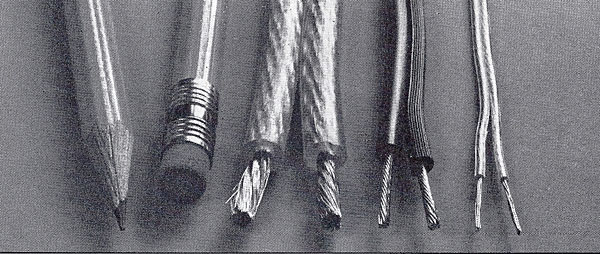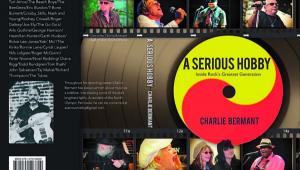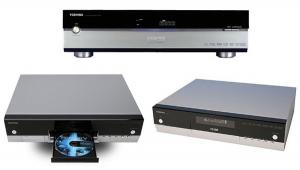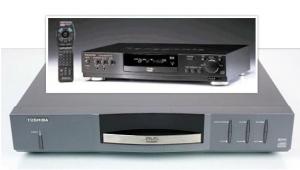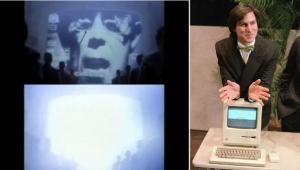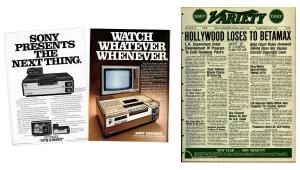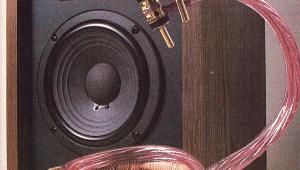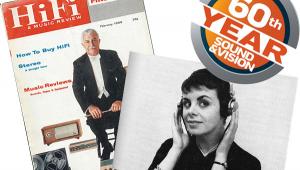I give Noel Lee credit for realizing that a lot of dollars can be made by exploiting audiophile neurosis. That said, I've used his less expensive speaker wire, and can reliably report that it works.
The most ridiculous are expensive "super high end" Ethernet cables used to connect your music server. Some have "directional" connections. Evidently people that buy these things have no idea how Ethernet works.
I knew a guy who bought a set of Sound Lab electrostatic speakers (good product), but the dealer sold him some ceramic thingys (looked like insulators from old telephone poles) that were used to keep the expensive wire off the carpet. It was supposed to reduce some sort of "floor induced" electrical interference, an artifact no one could ever explain coherently.
All this stuff is just a way for the dealer to make extra dollars from a high profit item. Now, where did I put my Valhalla Edition Hosemonster Cables--the ones with the silver plated Gotterdammerung spade lugs? My dealer said he'd take them in on trade for the new and improved Red Kryptonite lined Phlogiston free cable, featuring phase coherent bi-directional Interocitor connections. I read in a magazine somewhere that they "blow away" the old model. Can't wait.
